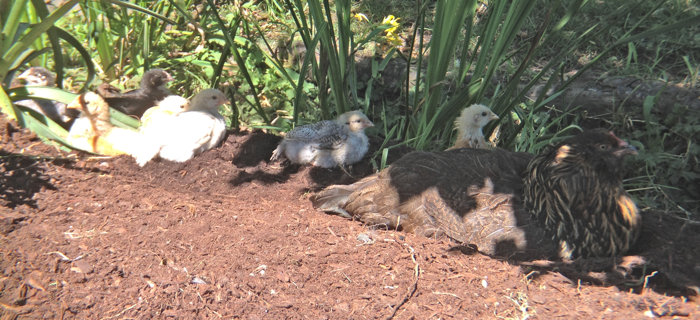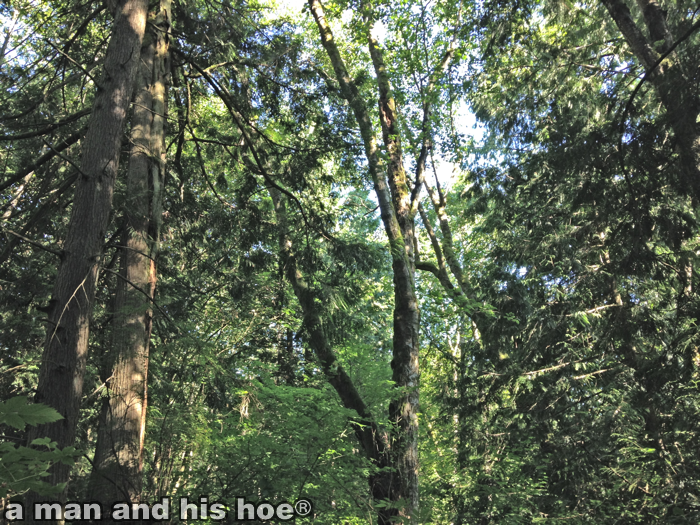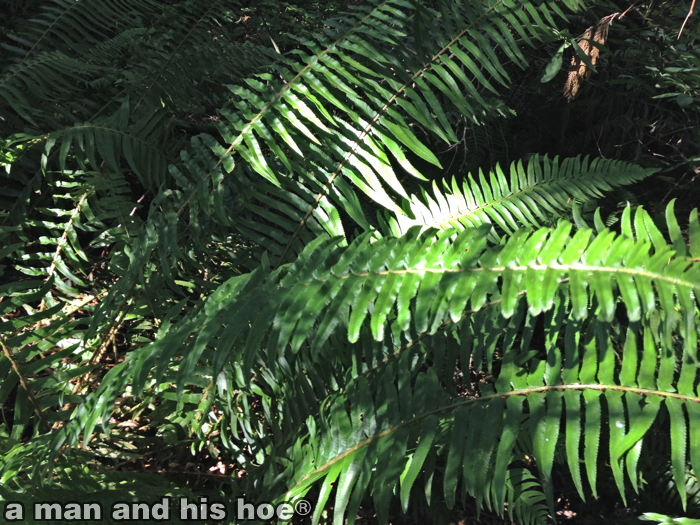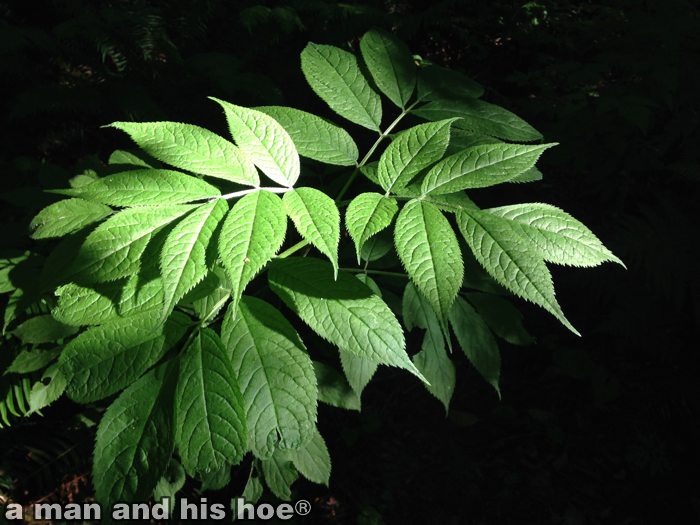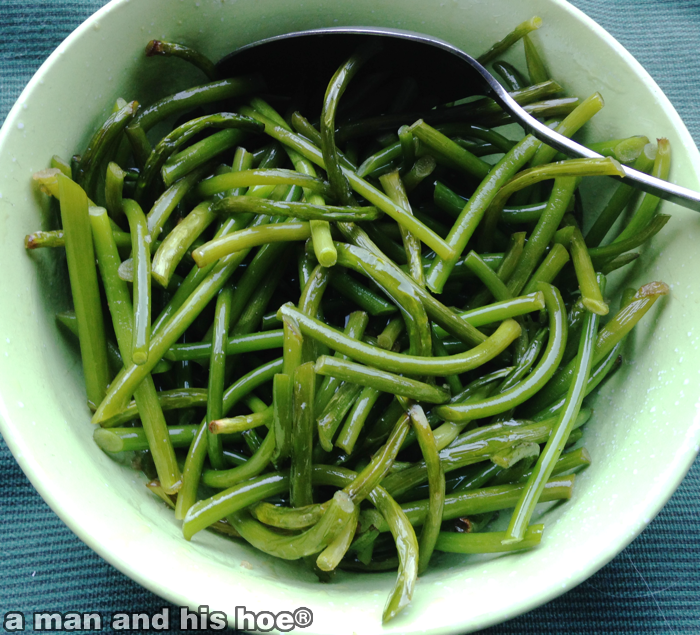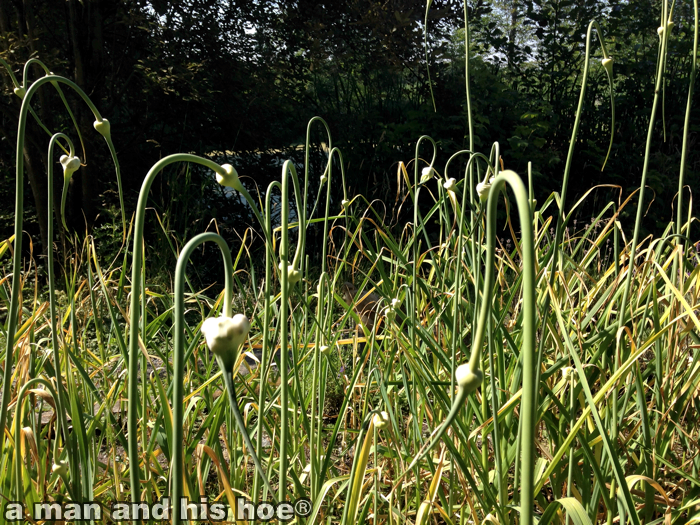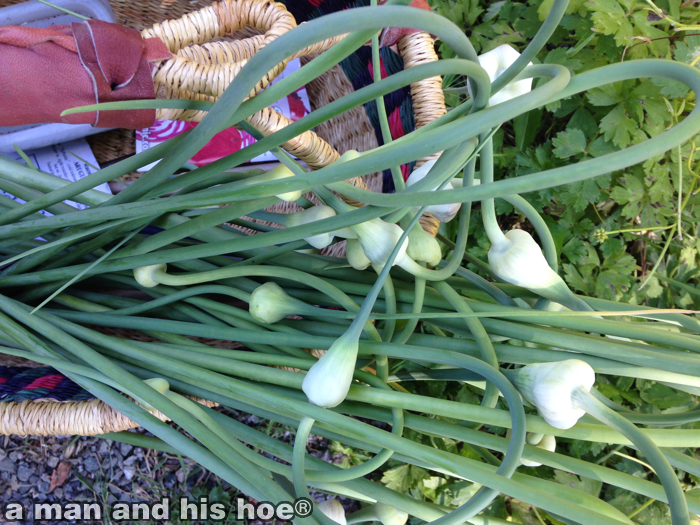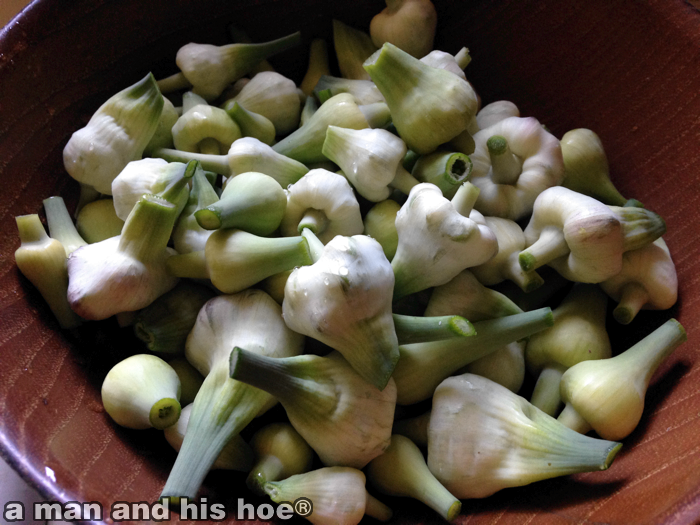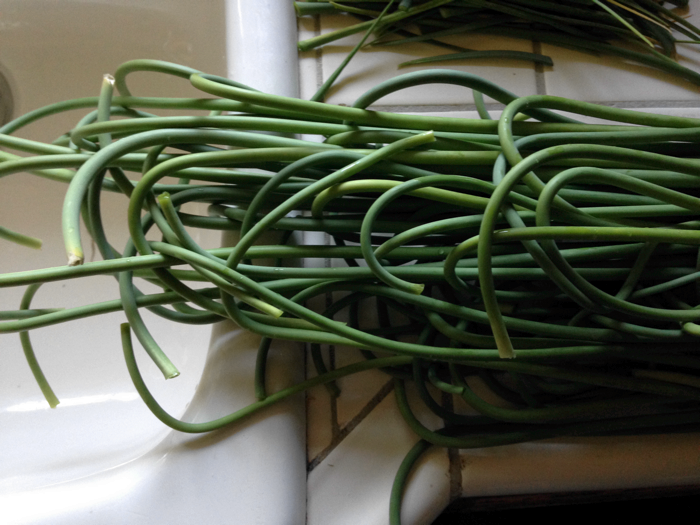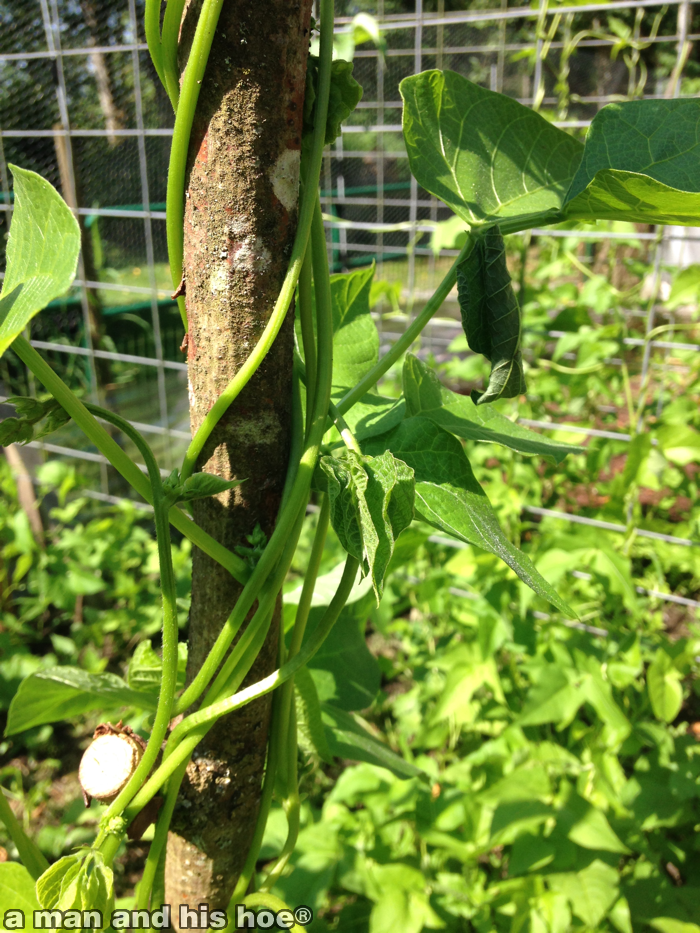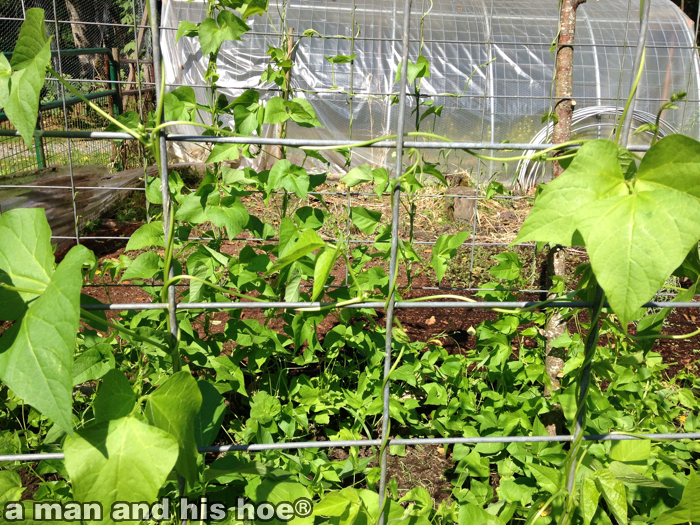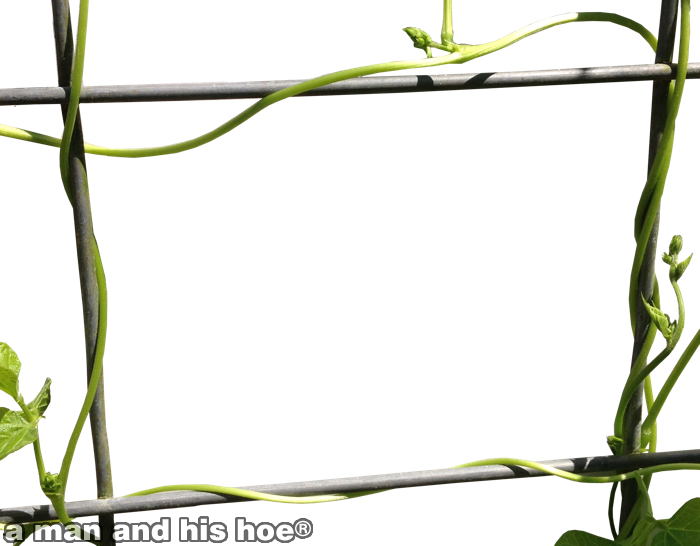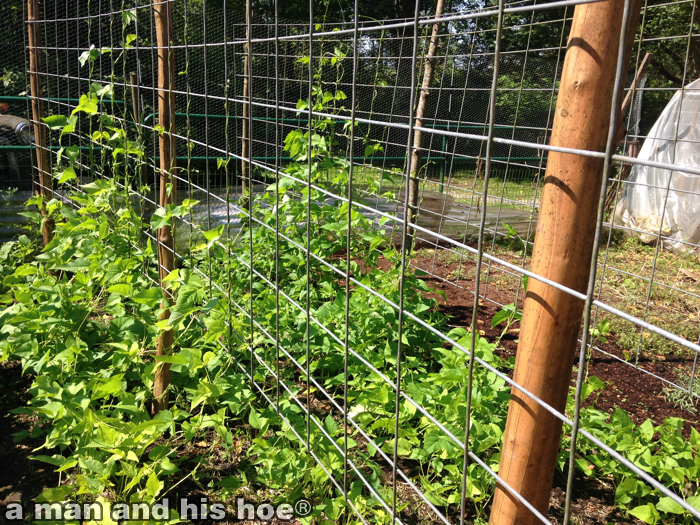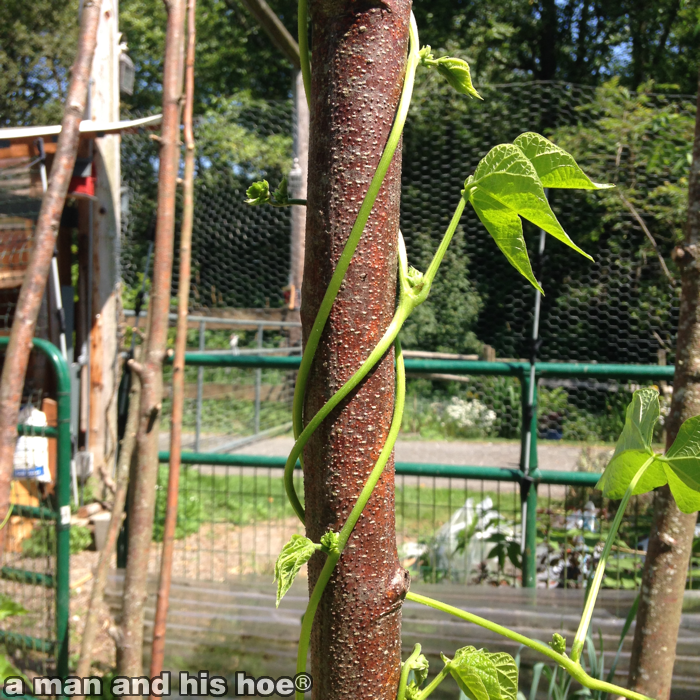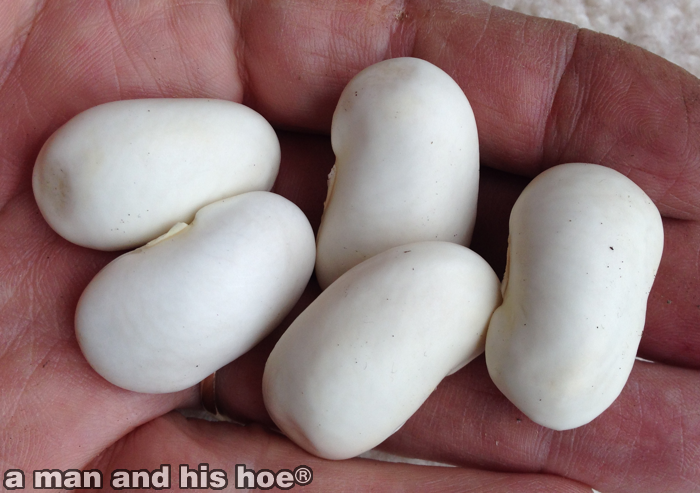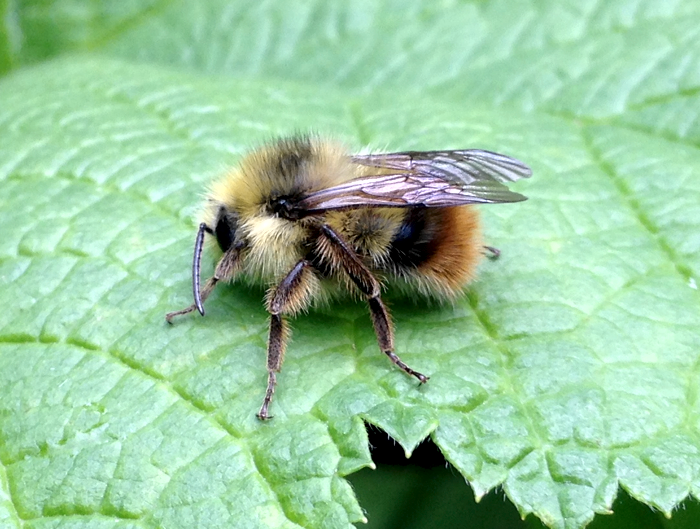
Here is one of the many bumblebees which buzz about at a man and his hoe®. Without them, there would be far fewer things to eat around here. Sadly, many bumblebees are in trouble. One of them, the Western Bumblebee, has been in decline. It used to be common in this area but began declining in the 1990s and was thought to have disappeared from the Puget Sound lowlands.
Recent sightings have confirmed colonies near Everett, Lynnwood, Tacoma and on the Olympic Peninsula. Will Peterman, writer, photographer, software engineer, and native bee nerd, came across a Western Bumblebee in the Seattle area and is now on a study to collect samples from local populations in California, Oregon, Washington, Idaho, Montana, Wyoming, Colorado, New Mexico, and (time, weather, and customs permitting) British Columbia. The goal of the study is to compare the Western Bumblebees they find in areas where they disappeared with those in areas where they remained, to try and understand why they disappeared and what is different with those that are reappearing. The hope is that the answers will help with efforts to reestablish the Western Bumblebee in the Puget Sound lowlands.
The bumblebee I photographed is not a Western Bumblebee. Western Bumblebees have a darker midsection and their tails are white.
Six legged bigfoot, the fall and rise of the Western Bumblebee
